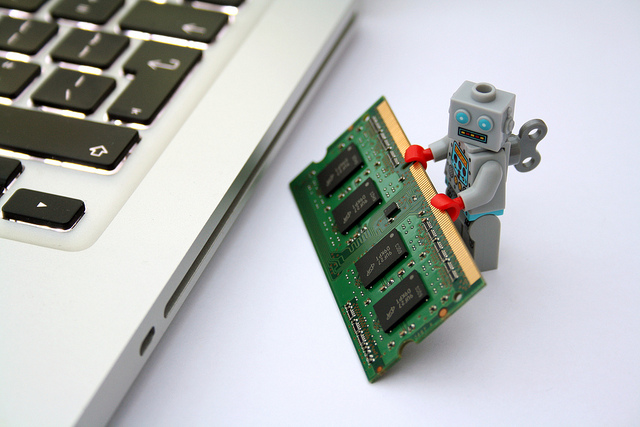Hidden Benefits of RPA: Scalability
Share at:

What if, in addition to your hard-working human employees, you could have an expendable army of workers at your disposal to handle overflow transactions but were perfectly content to wait for months for the next job? Thanks to robotic process automation (RPA), you can!

Admittedly, the scalability of RPA isn’t exactly a hidden benefit but a key selling point. A robotic workforce can be as large or as small as the employer needs it to be, and additional robots can be deployed quickly for either no extra or minimal cost. Another benefit is that you can essentially train tens, hundreds, or thousands of robots at the same time and expect absolute consistency in job performance. No need to worry about one of those robots daydreaming during training!
There may be some organizations lucky enough to have a constant stream of business no matter the time of year, but for most of us, there are times when you just need some extra help to get through a particular season. Sometimes they are predictable, like the increased online shopping activity in November and December, but sometimes, they surprise you. RPA can help bridge the gap in whatever situation of increased business activity you find yourself in.
Here are a few different examples to illustrate the point:
Your company is going to release a new product or service that will create a flood of business transactions and customer interactions. In order to focus all of your available employees on taking care of customers, you train an extra thousand robots to handle transactions. You expect that even with more customers, things will quiet down about a month after the launch. This is a situation of an expected burst of activity.
The market has been good to your company for several months, but instead of hiring and training human FTEs, you invest in RPA to handle the excess work that can be delegated. Then the market suddenly turns sour. You’re able to scale back the number of robots on task without having to let anybody go. This is a situation where outside forces create an unexpected burst of activity, but the company is able to ride out the ups and downs thanks to RPA.
A competitor launches a new service or app and your company is scrambling to be able to deliver the same thing to customers. RPA can work with the systems you have to potentially meet that need, either permanently or temporarily. If the fix is temporary, then it can be taken down without hassle once the new solution is in place. In this situation, RPA is used like a pontoon bridge: erected quickly, used for its purpose, then taken down just as quickly.
Wherever luck or the market takes your company, RPA’s scalability makes it a sustainable choice for the future.

Client Service Representative, Arts People
Get articles from automation experts in your inbox
SubscribeGet articles from automation experts in your inbox
Sign up today and we'll email you the newest articles every week.
Thank you for subscribing!
Thank you for subscribing! Each week, we'll send the best automation blog posts straight to your inbox.



